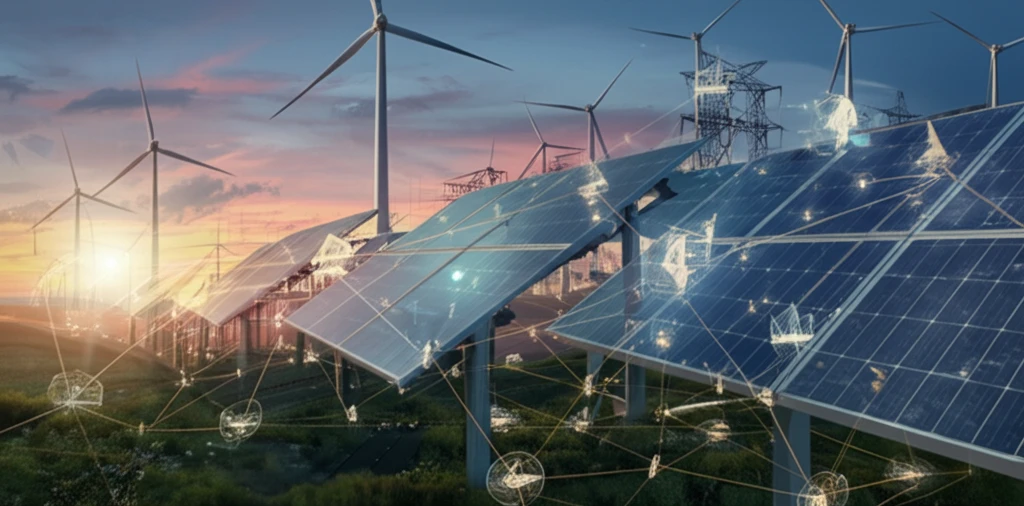
Powering the Future: How Smart Energy Policies Can Save Our Planet
"A fresh look at renewable energy expansion, taxes, and subsidies from the transmission operator's perspective."
The world's increasing population and its impact on the environment has created a need for sustainable development on a global scale. The United Nations established 17 goals in 2015 to promote sustainability, emphasizing the significance of global cooperation, technology, and energy efficiency. Enhancing energy efficiency is crucial in combating the effects of climate change.
Many European Union (EU) nations have undergone significant changes in their energy sectors to promote renewable energy sources in response to the climate issue. The EU countries still need to fulfill their renewable energy source goals, despite considerable advances over the past ten years. To accommodate the expanding renewable energy infrastructure, significant investments and new grid planning techniques are needed.
Planning for transmission networks requires consideration of factors including the structure of the energy market, the level of system operational detail, and the approaches used to solving challenges. Mathematical optimization has become a key strategy for achieving optimality. Planning must also account for deregulation and incorporate decentralized strategies in the decision making of generation companies (GenCos).
Decentralized Energy Market Strategies: Carbon Taxes and Renewable Subsidies

The study emphasizes the crucial role of transmission system operators (TSOs) in incorporating carbon taxes and incentives for Variable Renewable Energy (VRE) to improve the generation mix, which are parts of strategies involving renewables, with GenCos regarded as price-takers in perfectly competitive market environments.
- Upper Level: TSO maximizes social welfare via transmission line investments.
- Lower Level: Generation companies (GenCos) make capacity investments as price-takers in perfect competition.
Key Takeaways for a Sustainable Energy Transition
The findings highlight the complexities of integrating renewable energy sources and emphasize the importance of well-coordinated policies. While renewable energy subsidies can boost the share of renewables, they may also reduce the total amount of energy generated under specific conditions. Applying carbon taxes, renewable energy subsidies, and transmission infrastructure improvements together is more effective for driving sustainable growth in the energy sector.
